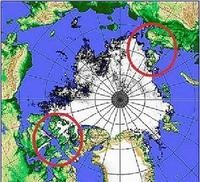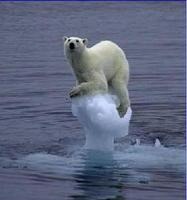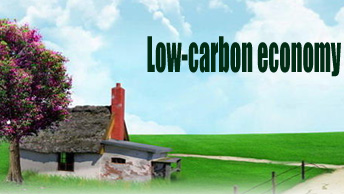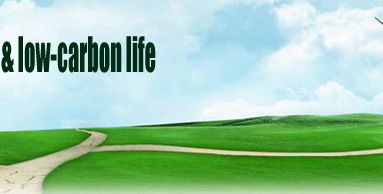Glaciers melting: Glaciers are largest reservoir of fresh water on the Earth, 70% of global fresh water is stored in the glacier. Since the end of the Little Ice Age in1850, the global glaciers began to shrink; this shrinking is a normal phenomenon of climate change. However, in recent decades, the data from around the world showed that glaciers are melting at a fastest rate in more and more regions in the world since records began in 1850. The melting and shrinking rate of the global glaciers are accelerating which means that millions of people will face the threats of floods, drought and drinking water
70% of global fresh water is stored in the glacier. Since the end of the Little Ice Age in1850, the global glaciers began to shrink; this shrinking is a normal phenomenon of climate change. However, in recent decades, the data from around the world showed that glaciers are melting at a fastest rate in more and more regions in the world since records began in 1850. The melting and shrinking rate of the global glaciers are accelerating which means that millions of people will face the threats of floods, drought and drinking water
1. Accelerated glaciers melting in Canada, the unique biological dependencies in the largest ice caped lake in Northern Hemisphere is threatened: The huge ice sheet fractured into 2 distinct pieces in the Ward Hunt Island of northern Ellesmere in Canada, which threatened the peculiar biological phenomena in Disraeli Fjord of the largest ice caped lake in Northern Hemisphere. In the fjord with 3,000 years history, the marine microorganism in the sea bottom and the freshwater species under the ice sheet live together in harmony that form a strange biological phenomenon with a mixed population of freshwater and seawater. However, due to the glaciers melting, this unusual low-salinity water is slowly disappearing, 96% of the low salinity dwelling environment has disappeared by2002.
2. Glaciers melting impact on water resources: Due to the shrinking of the mountain glaciers, the regions which use glacial runoff as their water source will face serious crisis of water shortage. Quelccaya ice cap as the traditional water supply source for Lulilima City in Peru is shrinking at annual rate of 30 meters now while the annual shrinking rate was only 3 meters before 1990. So the water for thousands of residents is threatened. The cities in most regions in Ecuador, Peru and Bolivia have to rely on the glacial melting water in the Andes for water and hydroelectric power. However, the acceleration of glacier shrinking is constantly threatening the normal life of residents here; some regions have started to experience water shortages and disputes arising due to water.
3. The accelerated melting glaciers result in floods outburst caused by large glacial ice sliding into the glacial lake: As the shrinking glaciers in the Himalayas, the glacial lake in Nepal Langmoche burst and flooded arable land, washed away bridges, houses and a hydropower station which was almost built, causing casualties and property losses in 1985.
4. The potential threat of Glaciers melting: The melting of glaciers will expose tens of thousands of years of microorganisms buried in the ice in the north for several centuries. The proliferation of microorganisms will affect human health. Organic pesticides have been widely used in the middle of last century, although many types of pesticides have been restricted now, many pesticide residues still have been preserved in the glaciers.
The harmful
substances are flowed to a cold place by air, which are often compressed and stored in the glaciers. The melting of glaciers will leak out of these toxic and hazardous substances, which has a huge impact on lakes and rivers around the glaciers.


